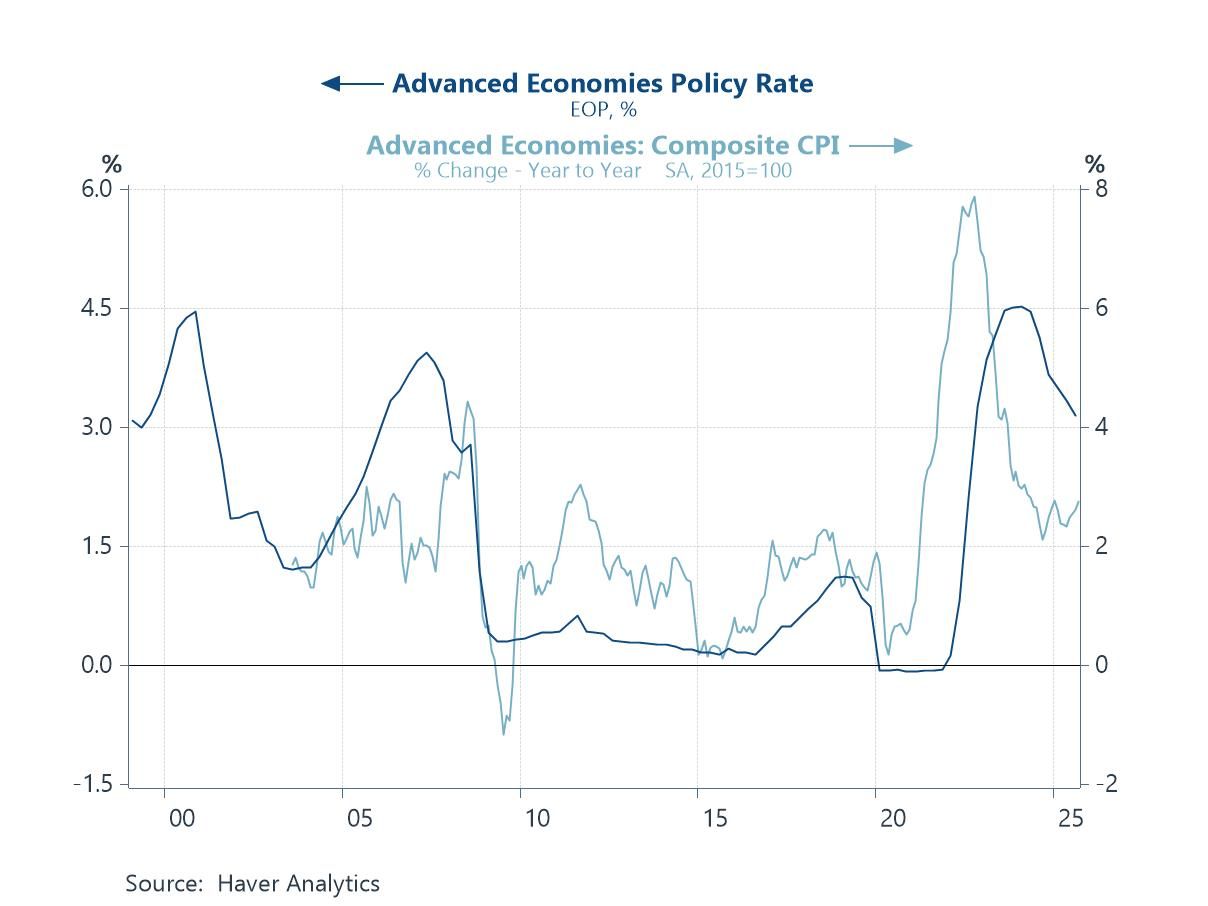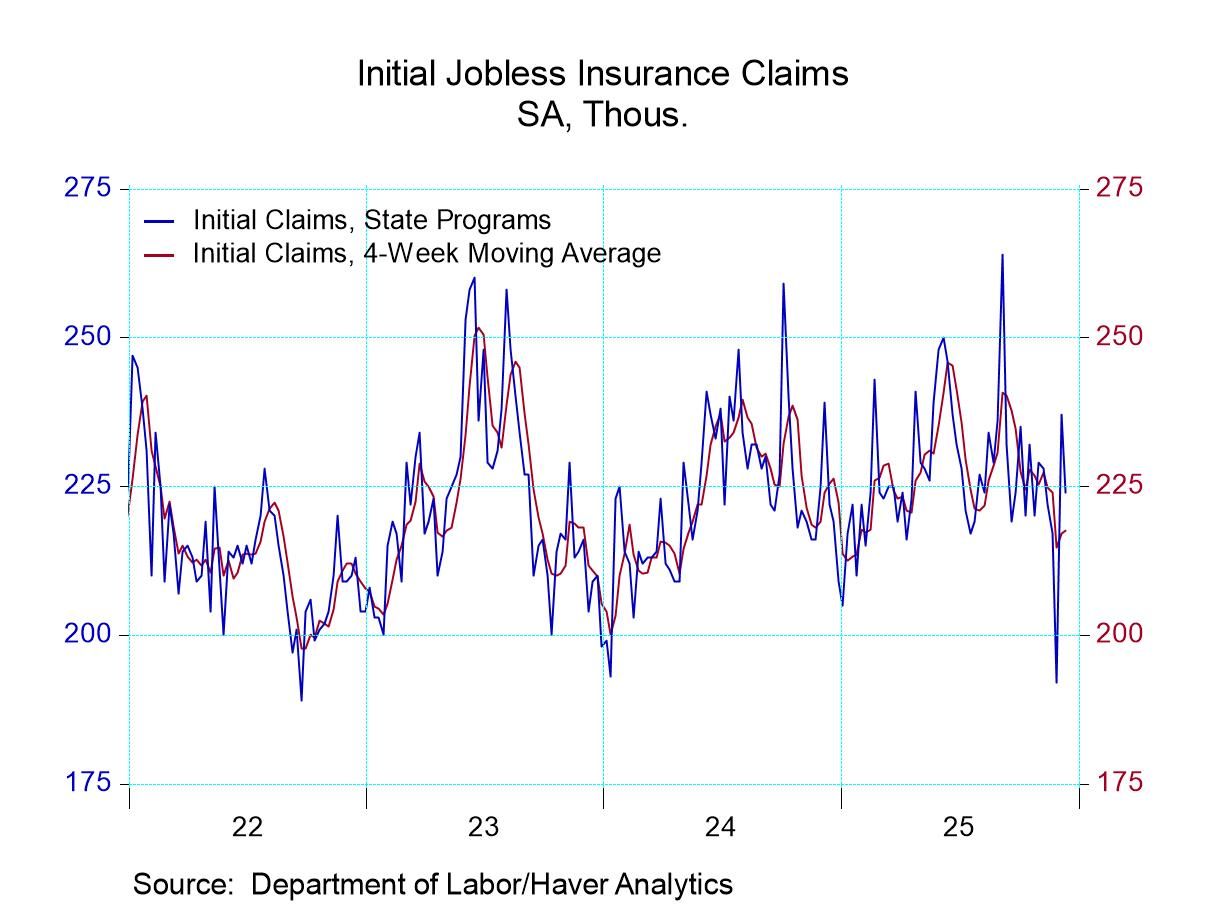 Asia| Mar 18 2024
Asia| Mar 18 2024Economic Letter From Asia: (Chinese) New Year Resolutions
In this week's newsletter, we examine the key takeaways from the National People's Congress (NPC) in China. Initially, we highlight the government's economic objectives for the year ahead, including for a real GDP growth of "around" 5% and an inflation rate of "around" 3%. Following this, we examine potential obstacles that could impede China's achievement of these targets, including persisting drags from China’s property sector and still-subdued domestic inflation. We move next to take stock of China’s latest hard data, which revealed consensus-beating growth in the manufacturing and retail sectors. We note, however, that any interim stabilization is likely still in nascent stages. Subsequently, we analyze China's ambitions for its labour market, taking into account underlying trends of rural migration and broader demographic challenges. Finally, we investigate China's budgetary strategies for the year, focusing on the government's deficit targets with a nod to its plans for increased special bond issuance. While many would agree that China could do more with fiscal policy given persisting domestic woes, the extent of government debt growth will likely draw continued concerns.
Growth The Chinese government has set a GDP growth target of “around 5%” for 2024, unchanged from its goal for last year. The Chinese economy managed to log real GDP growth of 5.2% in 2023, having just barely exceeded its modest target while grappling with a slew of challenges (chart 1). Namely, China has faced, and continues to face headwinds from a struggling property sector, elevated local government debt levels, and fragile consumer confidence, among others. Also, recent official PMI data reveal a widening divergence between China’s manufacturing and non-manufacturing sectors. Specifically, the PMIs indicate ongoing, albeit mild, contractions in China’s manufacturing sector while the non-manufacturing sector has seen an accelerated pace of expansion.
Chart 1: China actual vs. target real GDP growth

The latest hard data, however, revealed some consensus-beating developments. Industrial production growth unexpectedly accelerated to 7% y/y in February, up from the 6.8% seen in December and logging the quickest growth in nearly two years. Furthermore, fixed asset investment growth firmed by more than expected, to 4.2%, from 3%, lifted particularly by investment in high-tech industries (9.4%). Retail sales growth logged a softer than anticipated slowdown, to 5.5%, from 7.4%. While the most recent data presents a glimpse of optimism regarding China's economic stabilization, it likely remains in its nascent stages.
Chart 2: China retail sales and industrial production growth

Inflation Apart from growth targets, the Chinese government also seeks CPI inflation of “around 3%” this year, again unchanged from its goal for 2023. In reality, however, China has been struggling with deflationary pressures since mid-2023 (chart 2), with the economy’s CPI having only increased by 0.2% last year. Furthermore, CPI inflation fell to a 14-year low of -0.8% y/y in January, caused in part by high base effects from Chinese New year (CNY) celebrations a year ago. Inflation then jumped to 0.7% in February, again the result of holiday effects as the year’s CNY celebrations occurred in February instead. Digging deeper, we find consumer goods prices to have been the main drag on China’s inflation, from as early as April 2023. Meanwhile, services have registered consistently positive but mild price increases. Looking ahead, and barring possibly one-off holiday effects, it remains to be seen if China can see a substantive inflation pickup towards 3%. This is especially so in the absence of a demand pickup and notwithstanding renewed supply shocks.
Chart 3: Inflation in China

The labour market Moving to labour market considerations, China’s government now seeks “more than” 12 million new urban jobs in the year ahead, stepping up from its target of “about” 12 million jobs for 2023. China slightly exceeded its goal last year, having added 12.44 million urban jobs while overall urban employment rose 2.4% (chart 3). Zooming out, however, China has actually seen its total employment gradually shrink over much of the past decade. The decline was driven by dwindling rural employment, amidst continued migration of rural residents to city areas for work.
Chart 4: China’s labour market

In numbers, rural migrant workers rose to 297.5 million in 2023 (chart 4), equivalent to about 40% of China’s total employment. Also contributing to the contraction of China’s workforce is the country’s aging and more recently, shrinking population. Apart from jobs creation, the government also projects for 2024 an urban unemployment rate of about 5.5%, which is just a notch higher than 2023’s reading of 5.2%.
Chart 5: China’s rural migrant workers

Fiscal policy Touching next on fiscal policy, the government has retained a deficit-to-GDP goal of 3%, and projects a deficit of 4.06 trillion yuan for the year. The newly projected deficit marks an increase of 180 trillion yuan – or 4.6% – relative to the 2023 budget. The government has also raised the ceiling on new local government special bonds, used for financing infrastructure projects, to 3.9 trillion yuan (+100 billion). Additionally, the government will start issuing ultra-long-term special bonds, to finance “major national strategies” and to build up “security capacity in key areas”. One trillion yuan of such ultra-long-term bonds will be issued this year. Of particular note is that the 3% deficit-to-GDP ratio target does not include China’s total special bond issuance of 4.9 trillion yuan mentioned earlier. Against this backdrop it would seem that China is doubling down on debt-driven growth for the year. While many would agree that China could do more with more fiscal support given persisting domestic woes, the extent of government debt growth will likely draw continued concerns (chart 6).
Chart 6: China’s general government debt to GDP

Tian Yong Woon
AuthorMore in Author Profile »Tian Yong joined Haver Analytics as an Economist in 2023. Previously, Tian Yong worked as an Economist with Deutsche Bank, covering Emerging Asian economies while also writing on thematic issues within the broader Asia region. Prior to his work with Deutsche Bank, he worked as an Economic Analyst with the International Monetary Fund, where he contributed to Article IV consultations with Singapore and Malaysia, and to the regular surveillance of financial stability issues in the Asia Pacific region.
Tian Yong holds a Master of Science in Quantitative Finance from the Singapore Management University, and a Bachelor of Science in Banking and Finance from the University of London.






